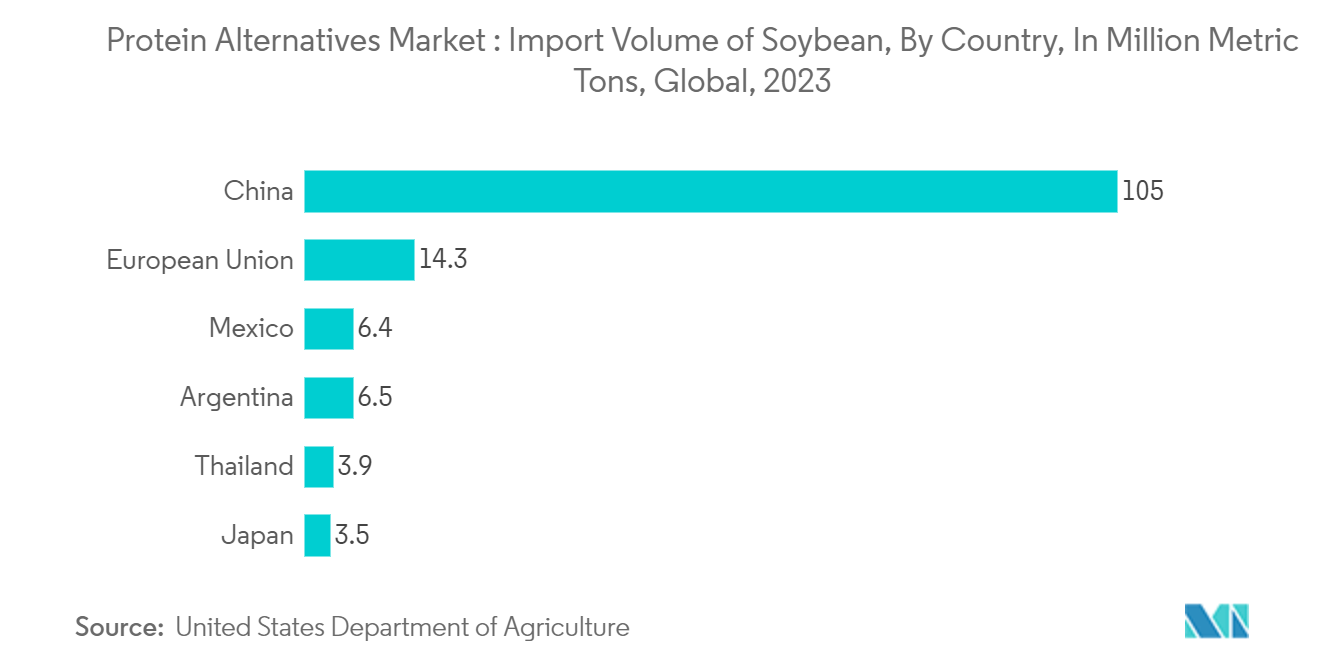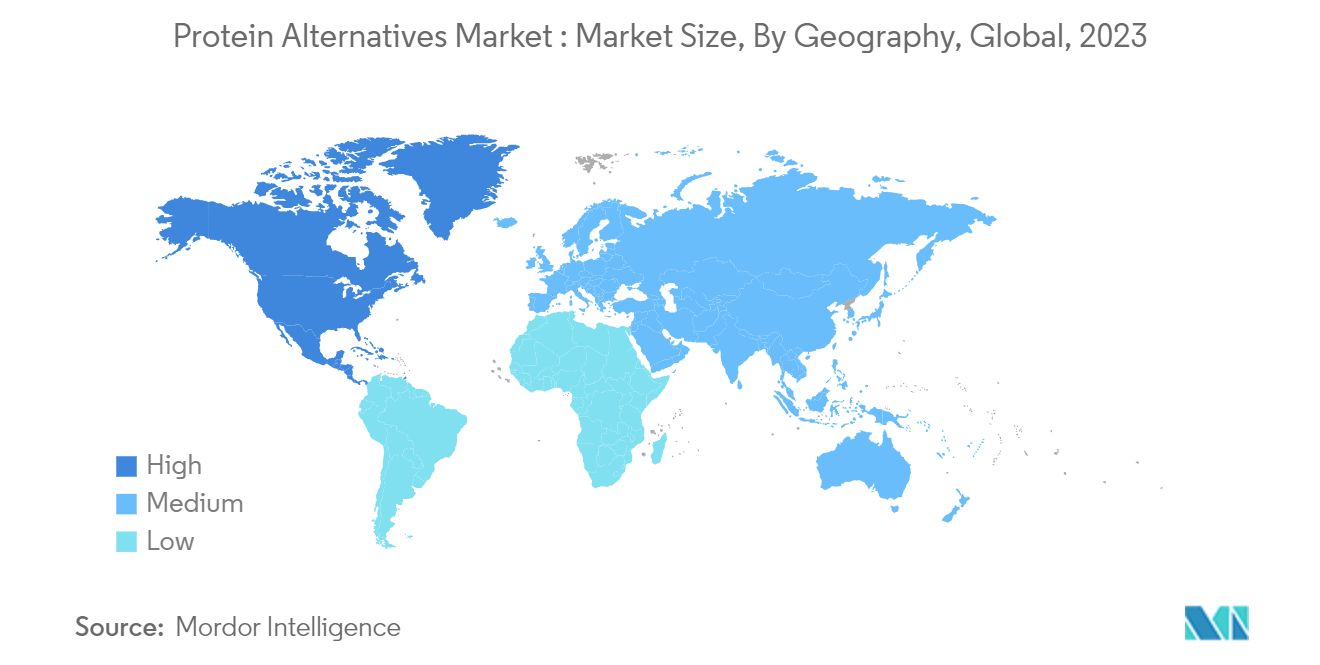Market Trends of Protein Alternatives Industry
The Increasing Demand for Soy Protein is Leading to Increasing Imports of Soybean Globally
Consumer interest in boosting protein intake is increasing, with more attention being paid to the specific types of protein being consumed. With increasing population and welfare, the demand for protein as a food-nutritional component is rising sharply. Consumers have become more aware of the benefits of protein in supporting an active lifestyle. The rise of vegetarianism and veganism has contributed to the increased consumption of soy protein, and many consumers across the world are adopting plant-based diets due to health concerns. Soy protein, being a versatile and nutritious plant-based protein, has become a staple.
The shift in dietary preferences in many regions, especially in Europe and Asia, led to an increase in soybean imports. For instance, China, the world's largest soybean consumer, imports a vast quantity of soybeans primarily for animal feed but increasingly for human consumption in the form of soy protein products. According to the US Department of Agriculture, around 171.95 million metric tons of soybeans were imported globally in 2023 compared to 154.46 million metric tons in 2021. China was the leading importer of soybeans, with an annual import volume of approximately 105 MMT tons in that year, followed by the European Union with 14.3 MMT.

North America Holds the Largest Market Share
The United States has significant potential in the North American protein alternatives market. This can be attributed to the increasing application of soy protein in meat additives and other food and beverage industries. Advancements in food technology and innovation have played a pivotal role in driving the increased demand for protein alternatives in the United States. The United States is the second leading producer of soybeans globally, behind Brazil. According to the US Department of Agriculture, in 2023, the country produced 113.34 million MT of soybean, accounting for 29% of the global soybean production. This led to the high penetration of vegan protein-based products in the retail market owing to increased consumer awareness about its health benefits and weight management initiatives.
The integration of these products into mainstream retail channels has made them more accessible to a wide range of consumers in the region. Additionally, partnerships with alternative protein companies and food service providers, including fast-food chains, have increased the visibility and consumption of these products. With the existing business opportunities in the protein alternatives market, many companies are strategical, including business expansion plans, specifically in the plant protein category.


